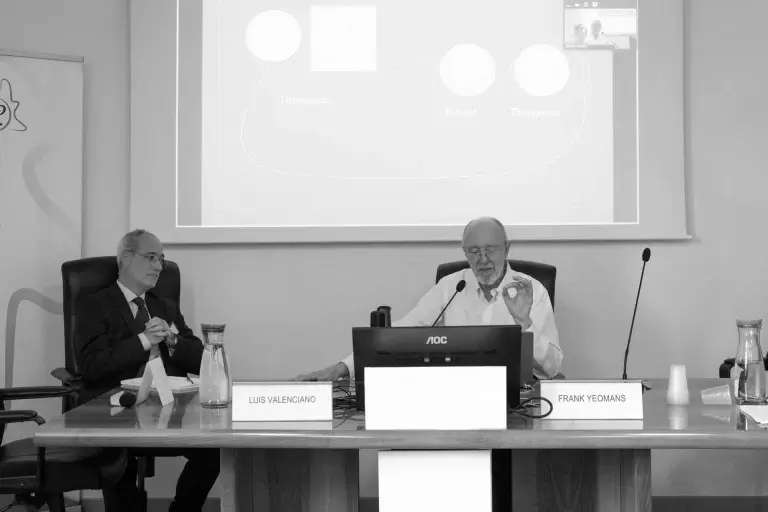What is TFP and why do you need to know how to do it?
Transference Focused Psychotherapy (TFP) is an evidence-based specific treatment for Severe Personality Disorders. It has been developed by Otto Kernberg and his collaborators within the framework of the Institute for Personality Disorders, Weill Cornell Medical College and New York-Presbyterian Hospital in the United States.
TFP has been extensively studied. Kernberg and his team have worked to develop scientific research on this model and have developed several books and clinical theory manuals for its teaching. At the same time, the PFT treatment model has evolved and been refined over the years. On the one hand, it has expanded in specificity for different types of personality disorders, and on the other hand, the psychotherapeutic technique has been refined and enriched. Today there are manuals for working with patients with narcissistic disorders, with adolescents, with patients on the high-functioning spectrum (high borderline and neurosis), with severe personality disorders, and for applying PFT at a more general level in different mental health contexts (PFT-Applied).
TFP as a Psychotherapeutic Model
The TFP psychotherapeutic model combines a contemporary psychodynamic approach with a highly structured treatment framework anchored in the person’s external life and actual functioning. In PFT, the therapist focuses on the patient’s moment-to-moment subjective experience, and helps the patient attend to and explore what he or she is thinking, feeling, doing in the session and in his or her daily life. The overall strategy of the work in TFP is to help the patient increase awareness of the repetitive patterns of interaction and conflict that arise in their relationships and behaviors and that affect their daily lives. In this work, the therapist takes an active, yet reflective, approach and works with the patient to identify and understand the underlying conflicts.
TFP is an “ordered” model. In TFP there is a clear distinction between the evaluation process or case study, which culminates with the diagnostic return. Then, if there is a psychotherapeutic indication, the therapeutic contract is negotiated, which defines the work objectives, working conditions, and the roles of each of the parties. And once this is finalized and agreed upon, the actual treatment begins. Although the preparatory to the psychotherapy has an impact on the patient, and many times it is therapeutic, they are interventions focused on preparing an eventual treatment, and not with a view to psychic change or symptomatic improvement.
Why would you, as a therapist, be interested in learning about TFP?
We will sum it up in 4 reasons
Conclusion
If the above has not convinced you, a personal reason is that this set of elements that I have already detailed provides security to the therapist, and this allows us to work more calmly with a group of patients that is extremely complex.
We invite you to write or contact us if you want to learn more and tell us about your experience.
If you want to connect with internationally accredited therapists in different countries, we list a couple of them:








